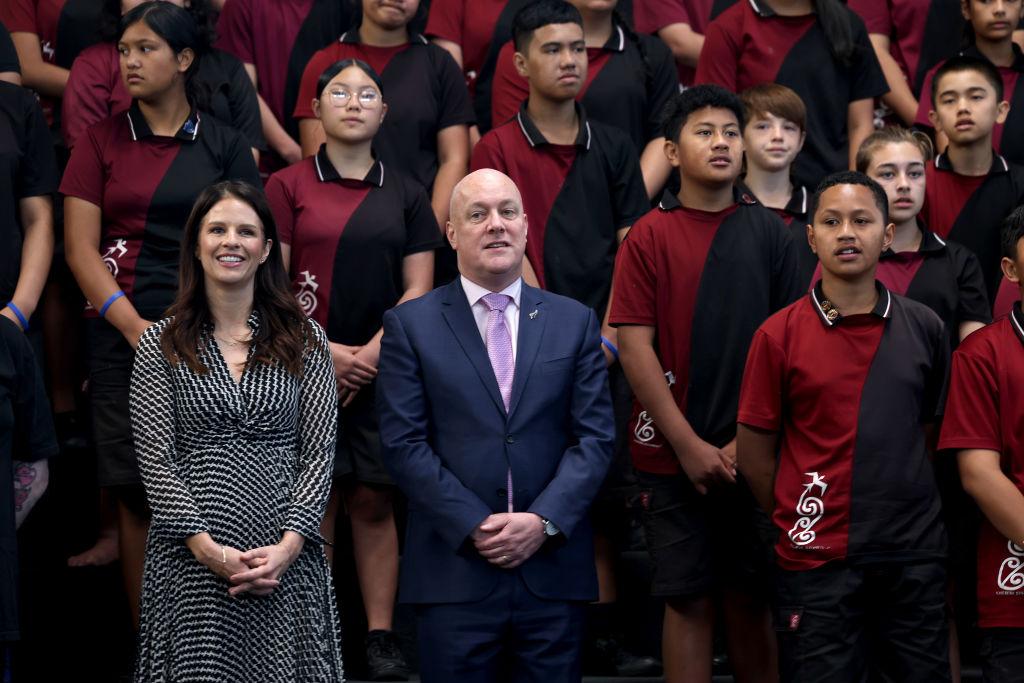The newly elected New Zealand government will make it compulsory for every school to dedicate one hour every day to each of the topics of maths, reading, and writing each for students in primary school as part of its first 100-day plan.
Education Minister Erica Stanford said that pupils not only need sufficient class time to master the basics, but they also need an environment with fewer distractions to make the most of their precious class time.




